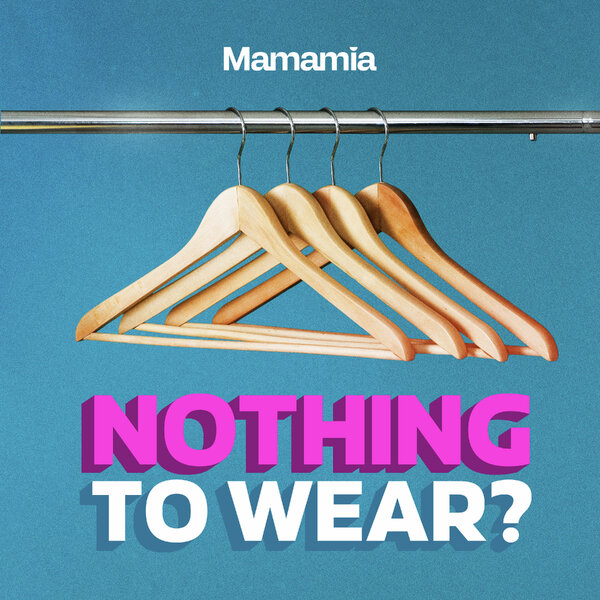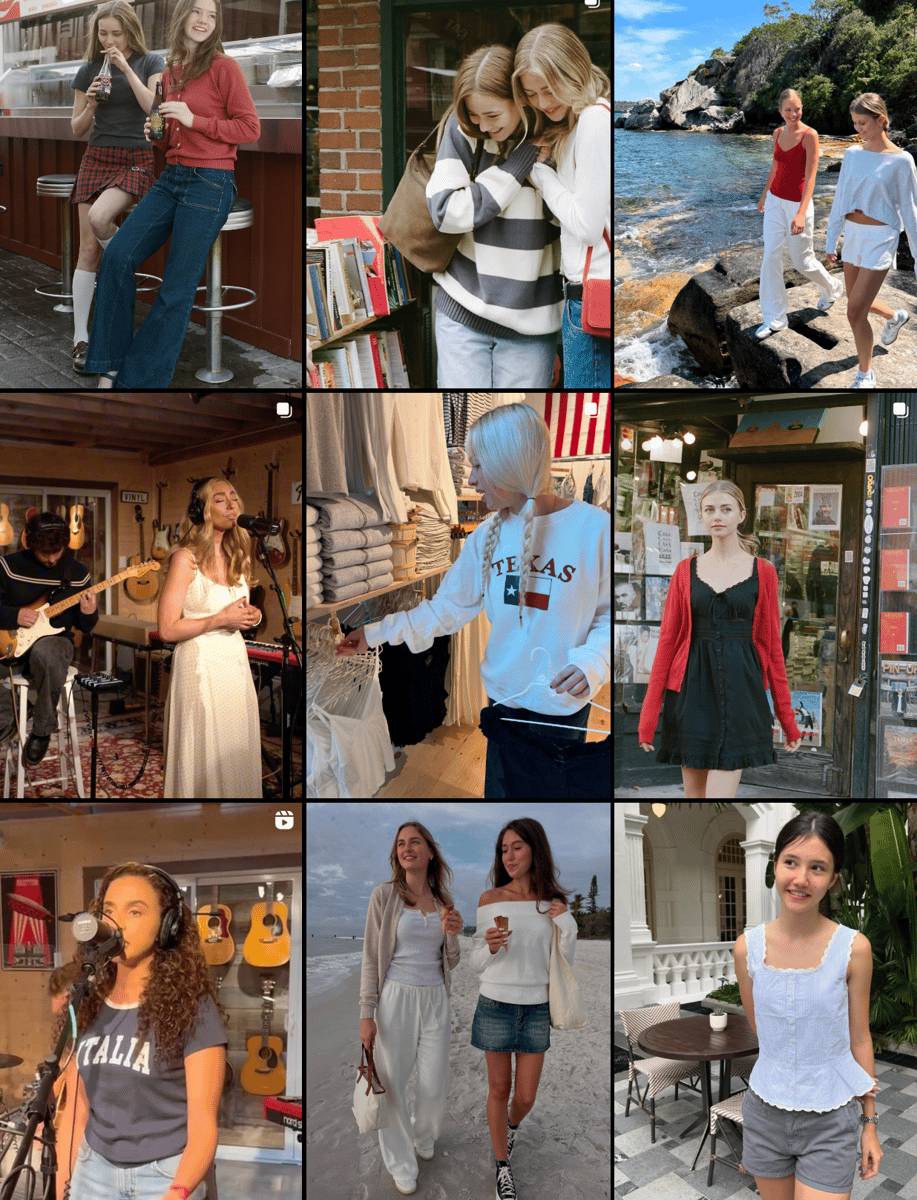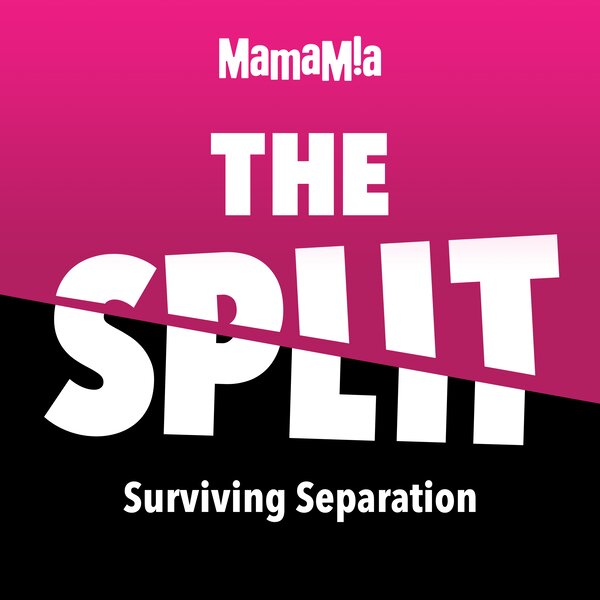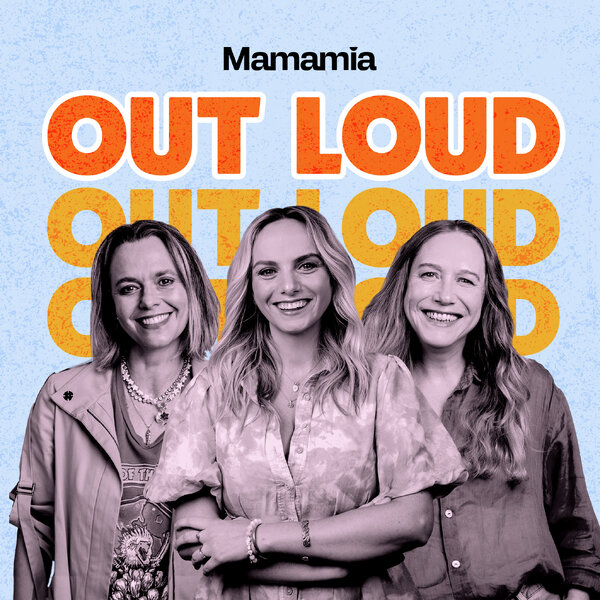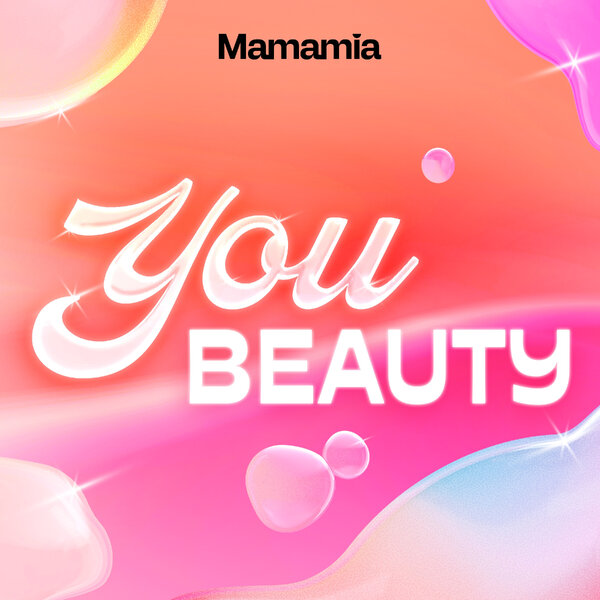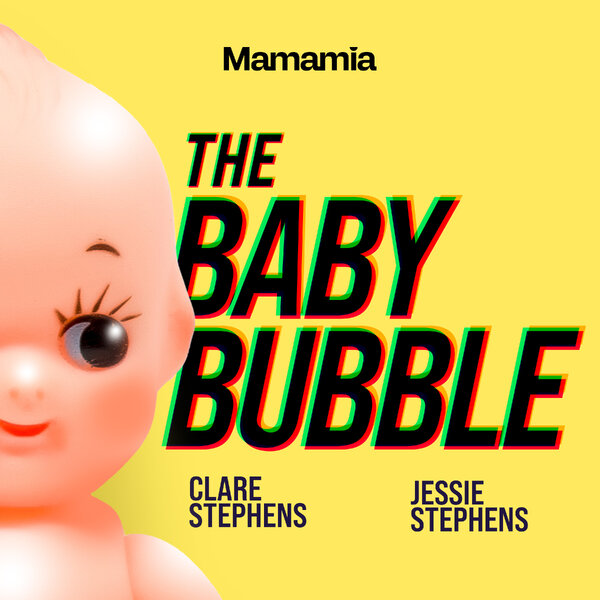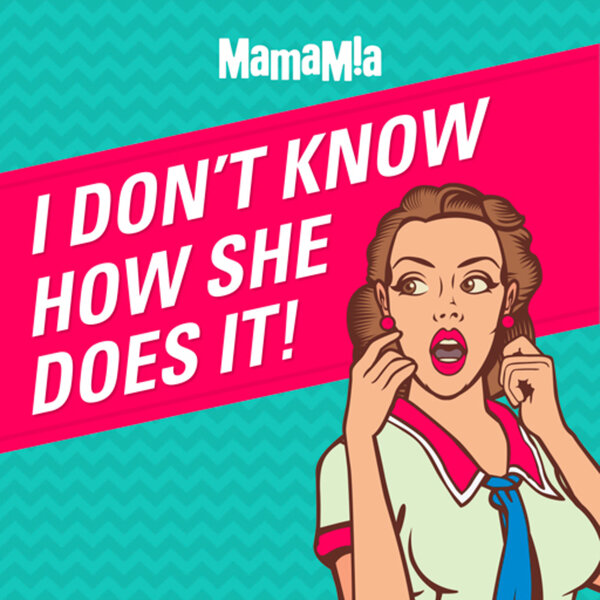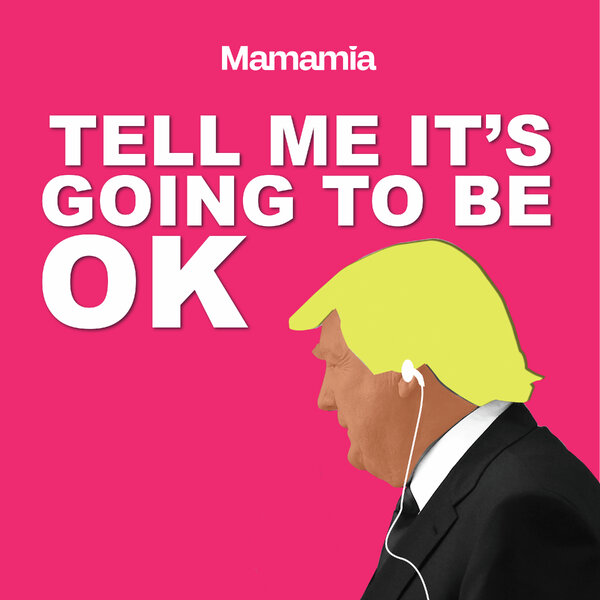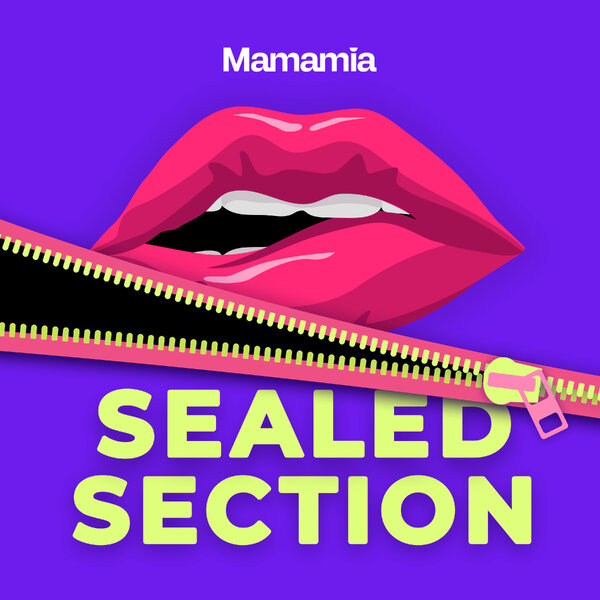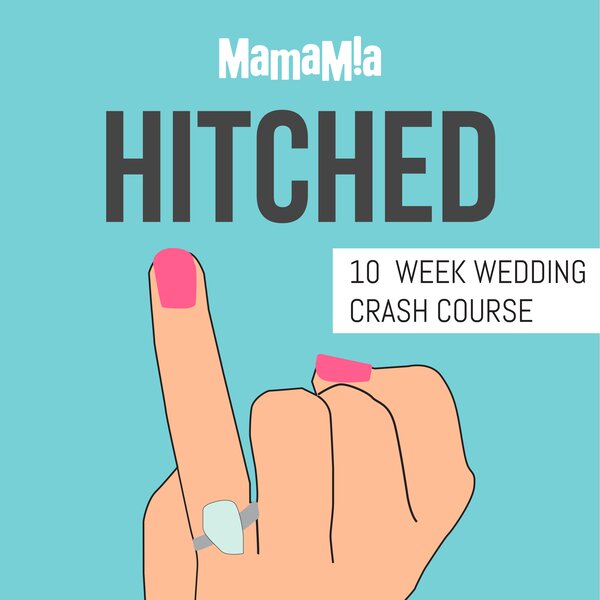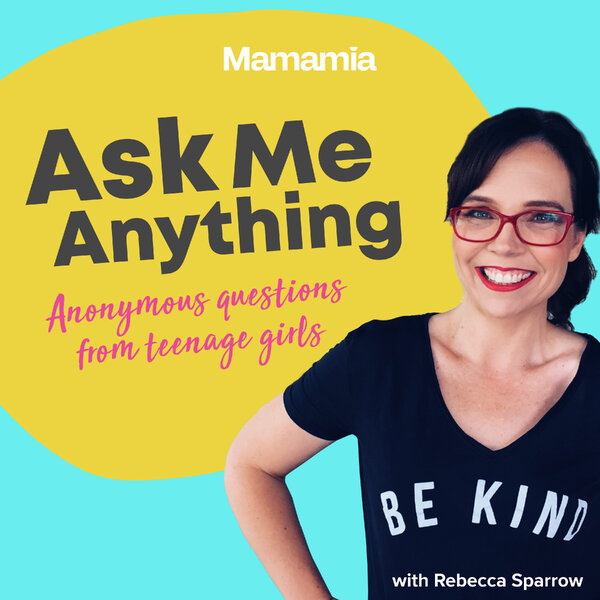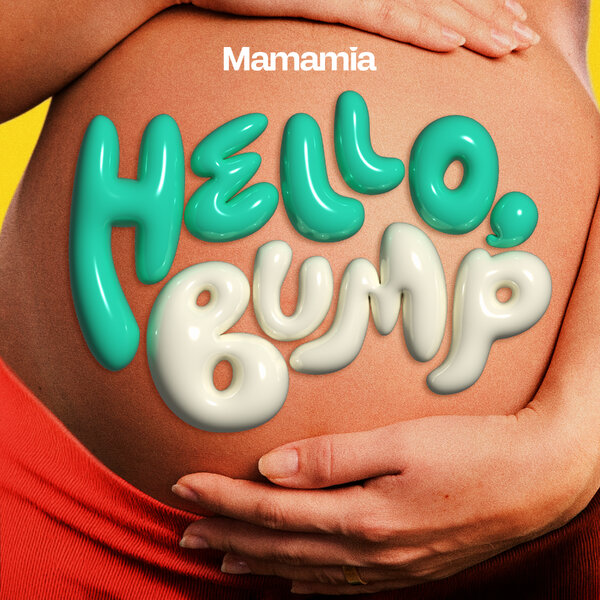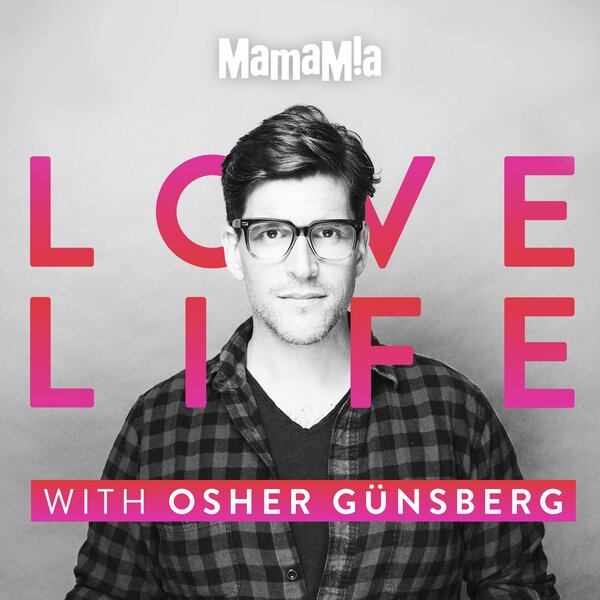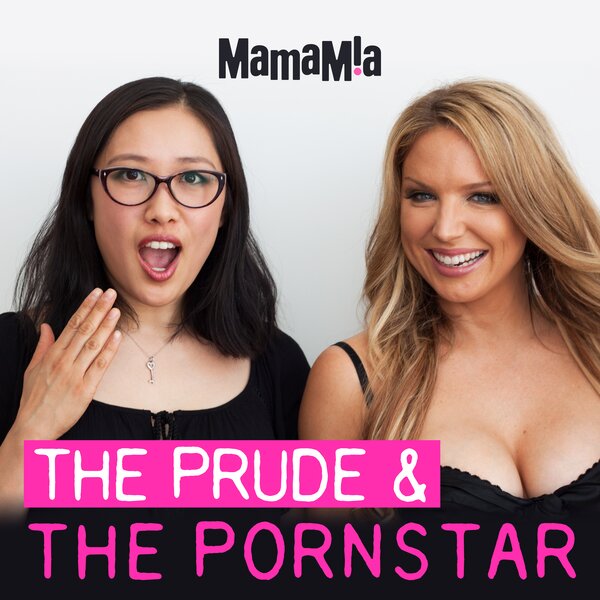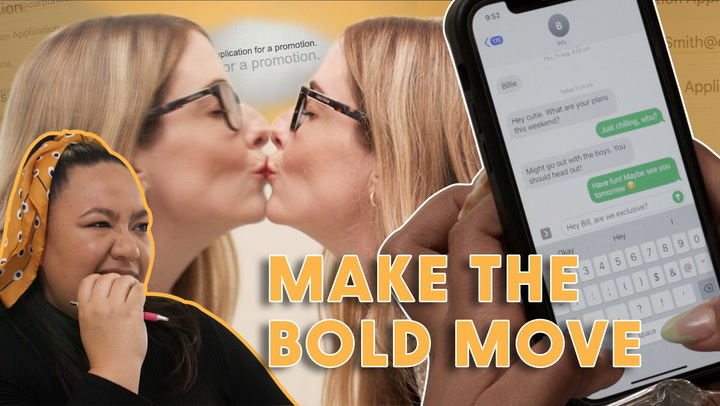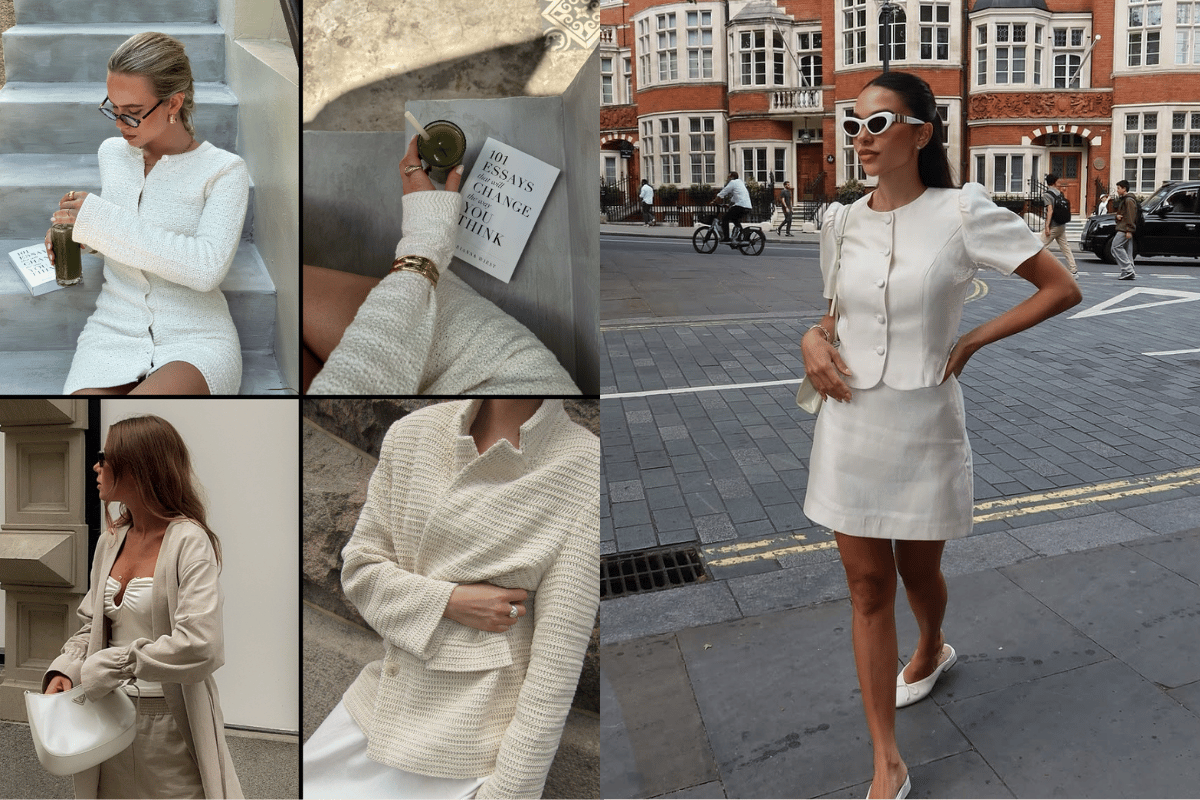
A great philosopher of our time, Ariana Grande, once said: "I see it, I like it, I want it, I got it."
She probably wrote those lyrics while shopping on Instagram.
Buying directly from the popular social platform has been an option since 2020, when developers cleverly ascertained that *something* was making us shop online more while our scrolling time increased exponentially (cough, lockdown laws.)
Watch: How to apply the Wrong Shoe Theory. Post continues below.
Since then, brands have jumped at the opportunity to create digital storefronts within the app. And why wouldn't they?
The function not only provides a whole lot of styling inspiration outside of standard e-commerce imagery, but it also shortens the path to purchase. You see an influencer wearing a trenchcoat you like in their Stories, click the product tag, and feel like an amateur fashion detective (and now you have the trench to prove it.)
You spot a dress you're lusting over in a brand's feed, hit the link and it's added to your cart within seconds. Easy… right?
